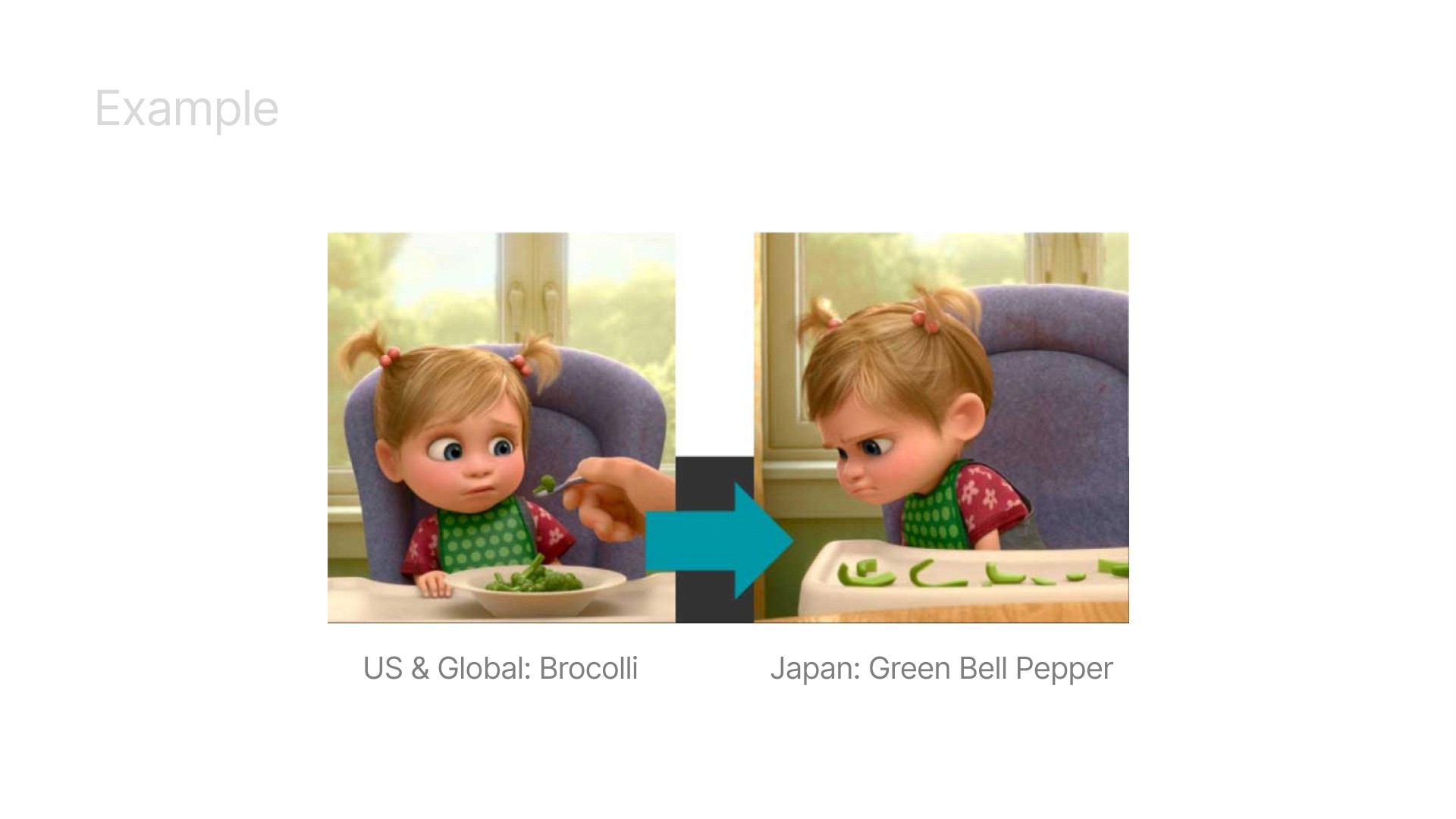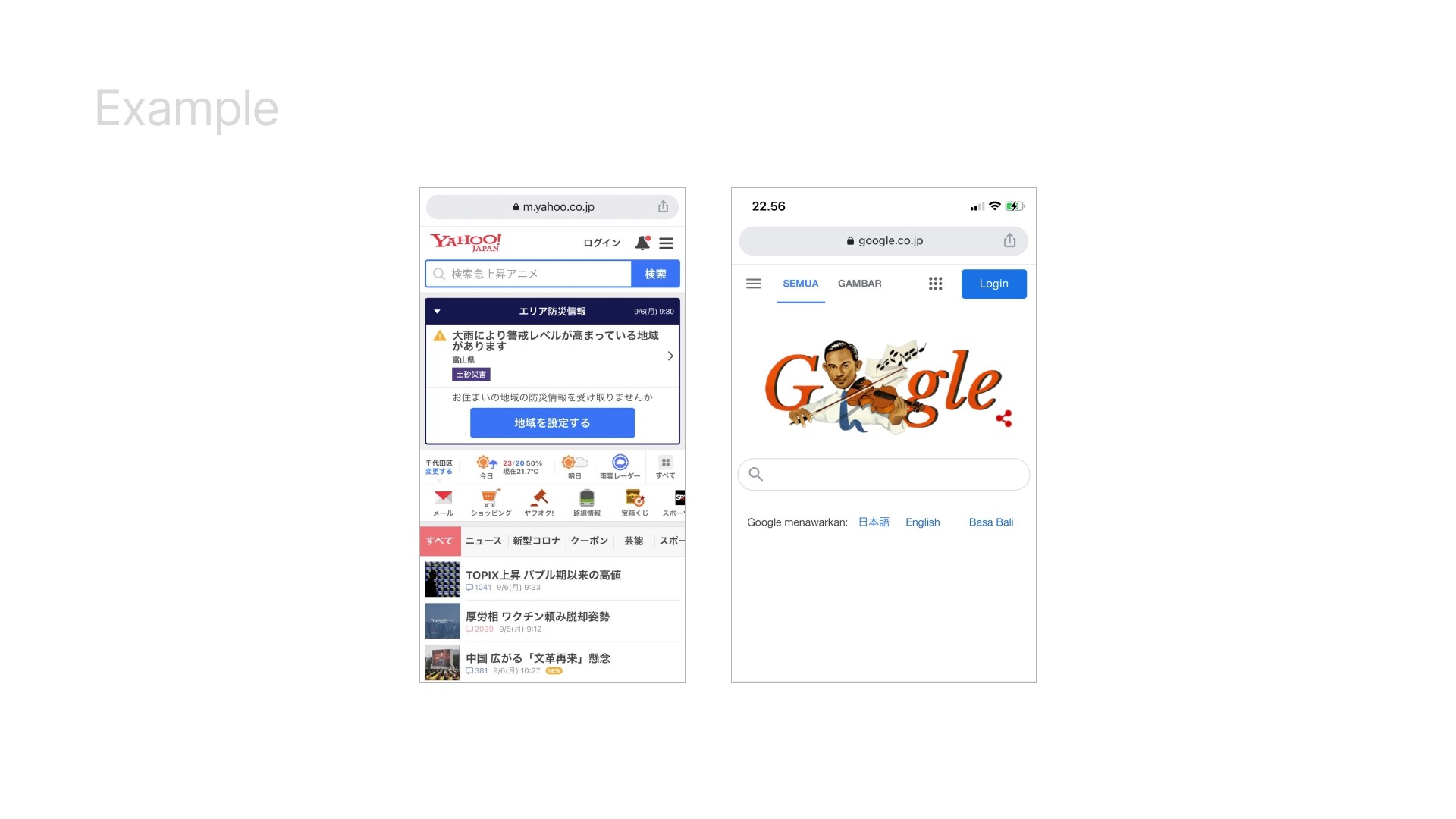Published in Design

Muhammad Raufan Yusup
November 26, 2021
Considering cultural background in design
Originally posted on my Twitter in Indonesian 👉🏻 Link to thread
Last Tuesday, I was invited to share with the eFishery product team. And they specifically requested to discuss "what is the difference between designing/working in Indonesia and in Japan". Finally sharing about it based on half a year here.
🧵 Considering Cultural Background in Design 👇🏻
Half a year has passed, and many new adaptations. Especially in making design solutions for a problem encountered here. There are many solutions that have been made, but they don't work here.
I try to summarize here the contents of last Tuesday's sharing session
Different cultures, different habits, different values, etc. It's all about how we communicate with our users. It's important to have frequent conversations, interviews, and information sharing to really understand their habits. Especially for designers who come from different cultures with their users.
In this sharing, I focused on these 3 points:
Why is it important?
Localization is not Translation
What do I do to Understand?
All based on what I've experienced so far.
1. Why it's Important
Every culture carries patterns of thinking, feeling, and potential acting which are learned throughout their lifetime. So asking questions and trying to understand the habits, values & patterns of culture is important and helps us as designers to make design decisions
Example of differences in values between culture impact to business: Walmart is failing in Japan
They didn't know that "everyday low price" will not "spark joy" for the Japanese...

"a lot of retailers struggle with internationalization, especially w/ food. Food is so regional, it's so crucial to people's culture but if you go in and you don't really understand the consumer and how you're gonna stand out in that sea of competition it is very very difficult to make a dent" -Michelle Grant, Head of Retailing Euromonitor International
Video reference for the case above: https://www.youtube.com/watch?v=32_fm92-EF8
Example of differences in values between cultural impact to business: Ikinari Steak
They didn't know that eating quality steak fast (and standing) is pretty confusing in the U.S...

“We’re struggling very much,” Kunio Ichinose, president of Pepper Food Service Co. told The Japan Times in October 2018, indicating that the company had lost ¥121 million ($1.09 million USD) that year due to slow sales.
2. Localization is not Translation
"Localization is envisioning the final product as if it were made by the local company from scratch." -Design Researcher, Nina Sugaya
Example 1: Personal failure to display user-required information
When I created the initial design for my project, the approach was still the approach I used in Indonesia as if I was still working on my previous company, and the right one, the iteration results

Example 2: Inside-out movie
In the US, a lot of kids don't like Brocolli, but in Japan, a lot of kids don't like Green Bell Pepper. The film Inside out managed to localize this.

Example 3: Yahoo vs Google Japan
https://www.netratings.co.jp/news_release/2017/12/19/Newsrelease20171219.pdf said Yahoo is the MOST VISITED SITE in Japan but Google is the MOST USED SEARCH ENGINE in Japan.
Because there are frequent natural disasters in Japan, weather forecasts, etc. are important, so maybe that's the reason why so many visits Yahoo. So instead of being used as a search engine.

Example 4: Emoji
I also asked a friend here, why the majority like to use emoji type ^_^ instead of :). He told me that maybe long before there was a pandemic, Japanese people often wore masks, so they used their eyes to express emotions. In western countries, maybe because the sun operates longer than the moon, so many people wear sunglasses. So it is easier to express emotions using the mouth.

image credit to btrax
3. What I do to understand
There are 3 things that I always do over and over again:
Read more
Ask more
Reflect more
Read more
Lots of books, articles, or anything on google. So I just read a lot to something I wanted to find out. It's great if you find someone who has done comprehensive research.
Ask more
In the first month, I spent almost 11 hours for 1on1, which means a total of 3 hours per week which means if 1 session is 30 minutes, it means there are 6 1on1 sessions per week. After the acquaintance session, indeed most of the sessions were understanding sessions.
Reflect more
When I started working here, I also decided to create my own Notion page to write what I learned and use it as reflective material. Finally, I decided to make it public by sharing it on Twitter and my personal blog.
By rewriting it as reflective material, really helps to remember what I learned.
End of thread. Thank you for reading.

